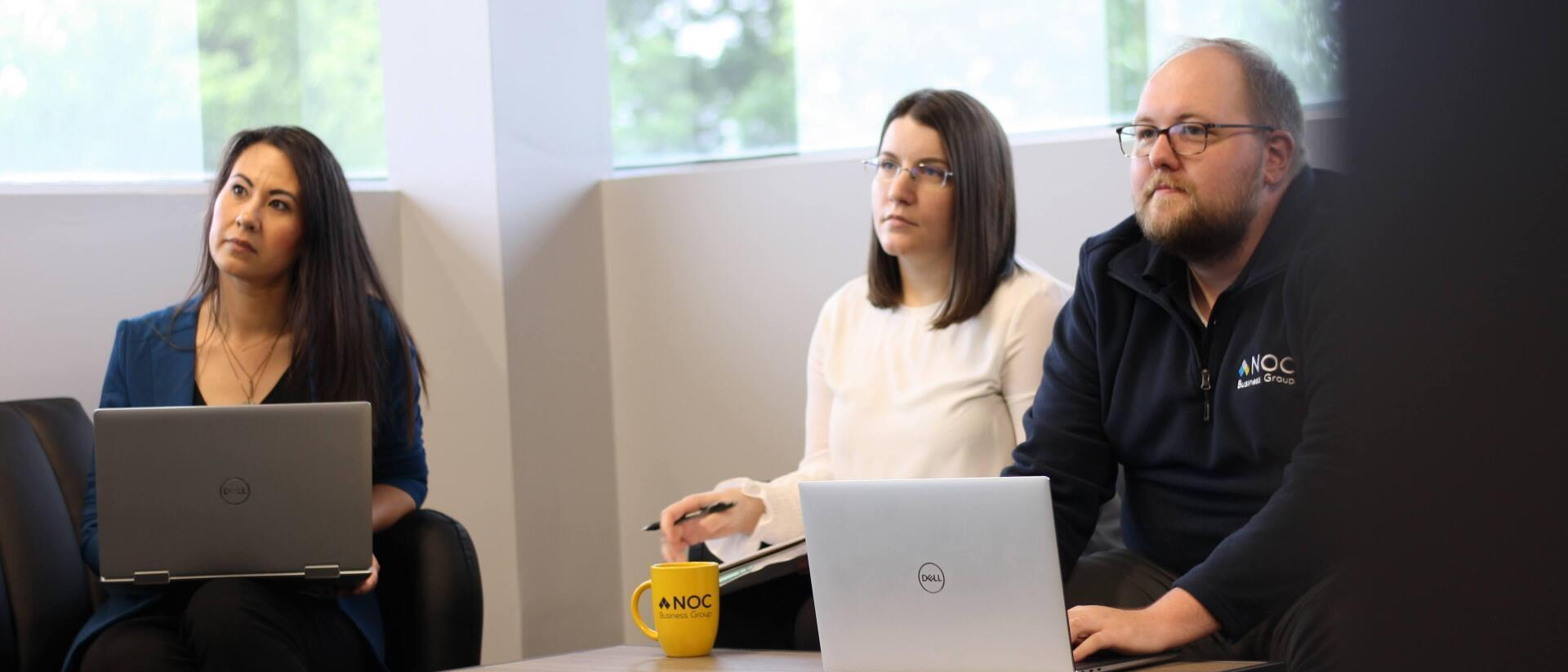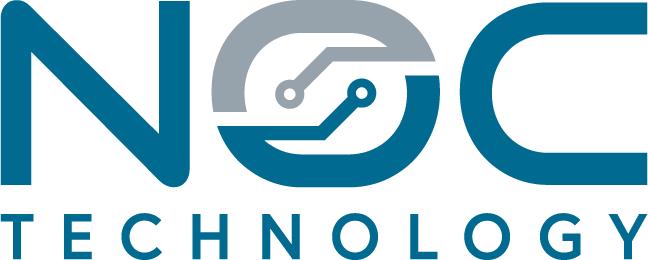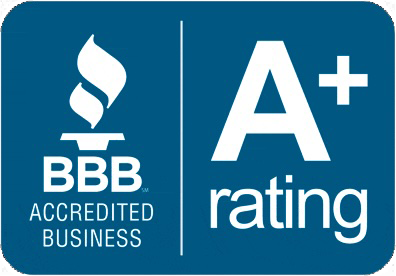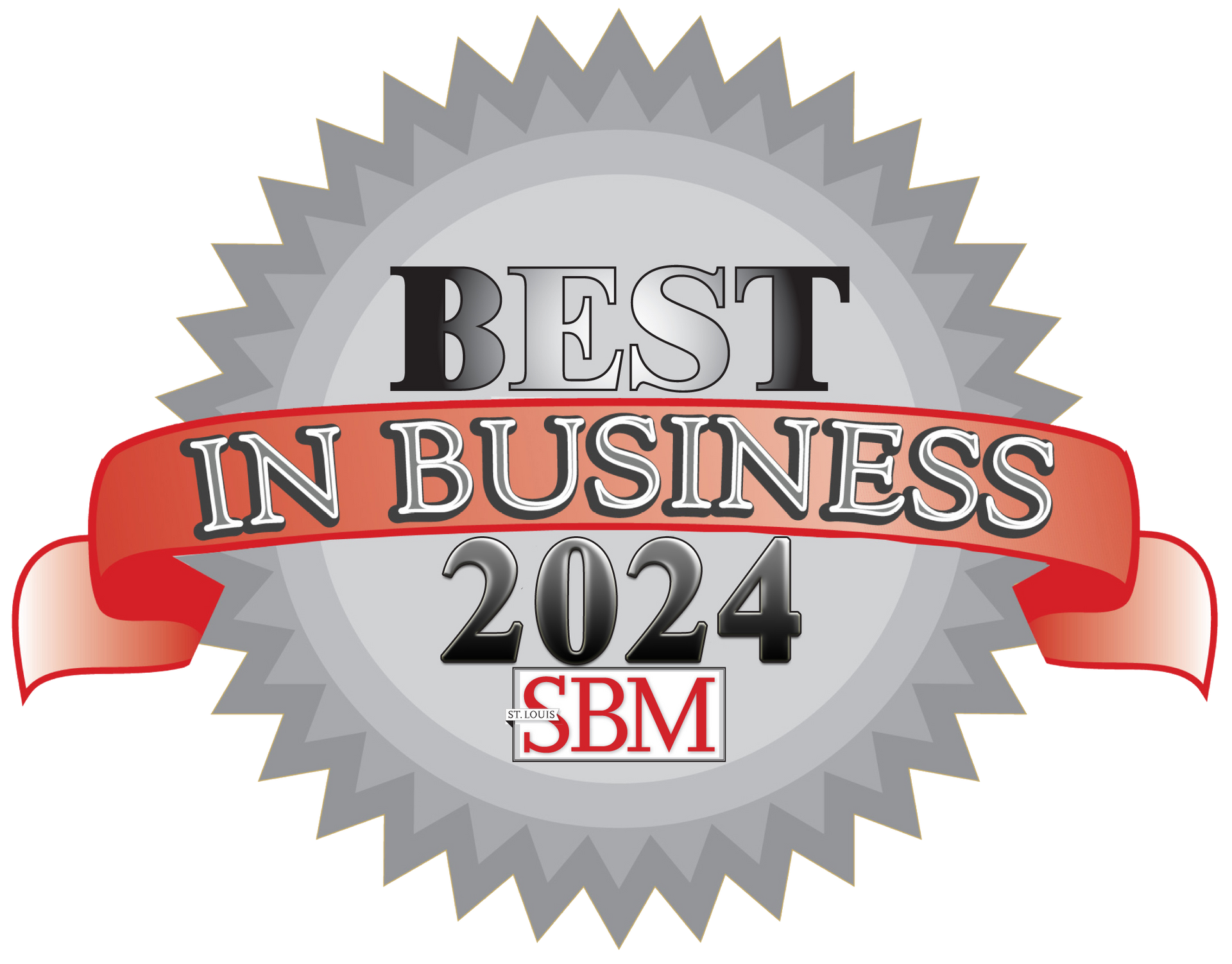What separates a good IT support company from a bad one?
by Ted Stahl | NOC Technology
In IT services, not all companies are created equal.

When it comes to IT support, not all companies are created equal. While some IT support companies can provide excellent service and timely solutions to your problems, others may fall short in one or more areas. In this post, we'll look at some of the factors that can make one IT support company better than another, so you can make an informed decision when choosing a provider for your business.
EXPERTISE AND KNOWLEDGE
A good IT support company should have a team of well-trained and experienced technicians who have the knowledge and expertise to handle a wide range of IT issues. They should be able to provide and explain solutions to both simple and complex problems and should stay up to date with the latest technologies and trends in the industry.
RESPONSIVENESS
You should be able to connect to your IT support team when you need them. This means that they should be available to you 24/7 and that they should have a fast response time when you reach out to them. If you call and get automated replies or voicemails, you may be able to find a better IT support company.
COMMUNICATION
A good IT support company should have clear and effective communication channels in place, such as email, phone, and chat support, to ensure that you can easily get in touch with them when you need help. They should also provide clear communication when scheduling, planning, and executing project deployments.
PROACTIVITY
A good IT support company should be proactive in identifying and addressing potential issues before they cause problems for you. This means that they should regularly monitor your systems and networks for potential issues and that they should take steps to prevent them before they happen.
SERVICE LEVEL AGREEMENT
A good IT support company should have a service level agreement (SLA) in place that guarantees a certain level of service and response time. This means that they should commit to certain standards of service and that they should be held accountable if they don't meet those standards.
SCALABILITY
A good IT support company should be able to scale its services to meet the changing needs of your business. This means that they should be able to adapt to your growing or changing needs, whether that means providing more support or deploying new technologies.
CUSTOMIZABLE SOLUTIONS
A good IT support company should be able to provide customized solutions that cater to the specific needs of your business. This means that they should be able to understand your unique needs and tailor their services accordingly.
SECURITY
A good IT support company should be able to provide comprehensive security solutions that protect your business from cyber threats. This means that they should have the expertise and resources to provide data encryption, firewalls, and other security measures that can protect your business from hackers and other cybercriminals.
COST
A good IT support company should offer competitive pricing and flexible service plans that meet your budget. This means that they should be transparent about their prices and that they should be willing to work with you to find a service plan that meets your needs and budget.
REPUTATION
A good IT support company should have a good reputation in the industry, with positive customer reviews and testimonials. This means that they should have a track record of providing good service and that they should have satisfied customers who are willing to speak on their behalf.
In conclusion, when choosing an IT support company, it's important to consider the factors that can make one provider better than another. By considering the expertise and knowledge of the provider, their responsiveness, communication, proactivity, SLA, scalability, customizable solutions, security, cost, and reputation, you can make an informed decision that will ensure that you have the best possible IT support for your business. By selecting an IT support company that excels in all of these areas, you can be confident that your business will be well-protected and that you'll have access to the support you need when you need it.




